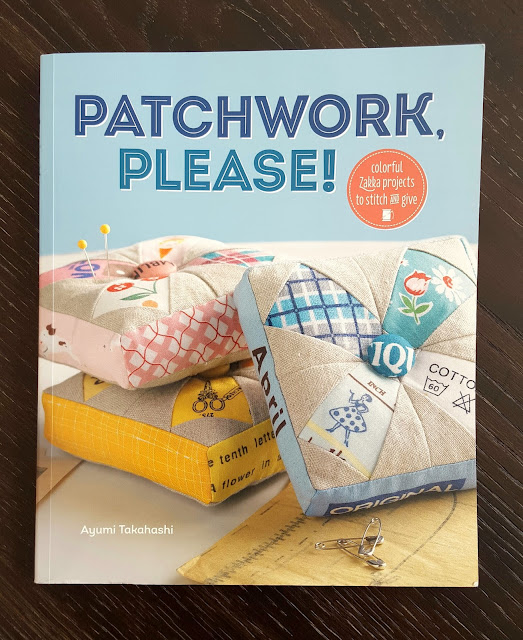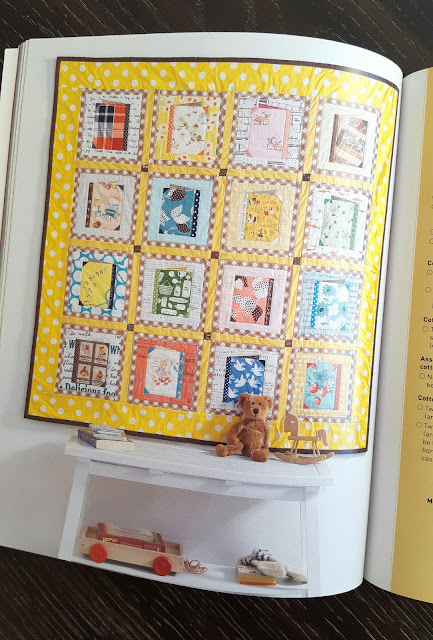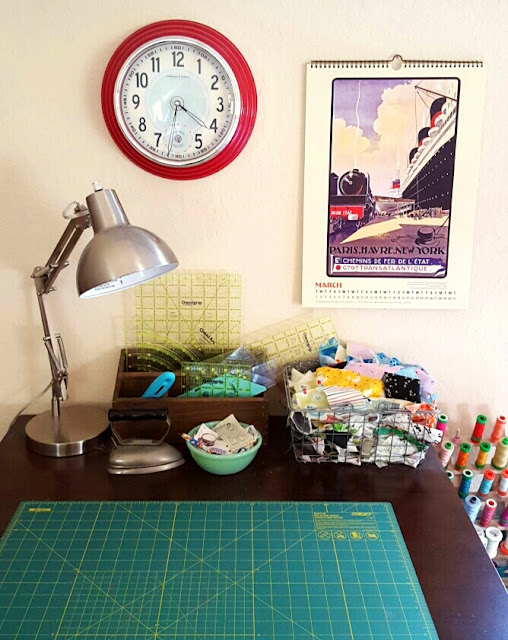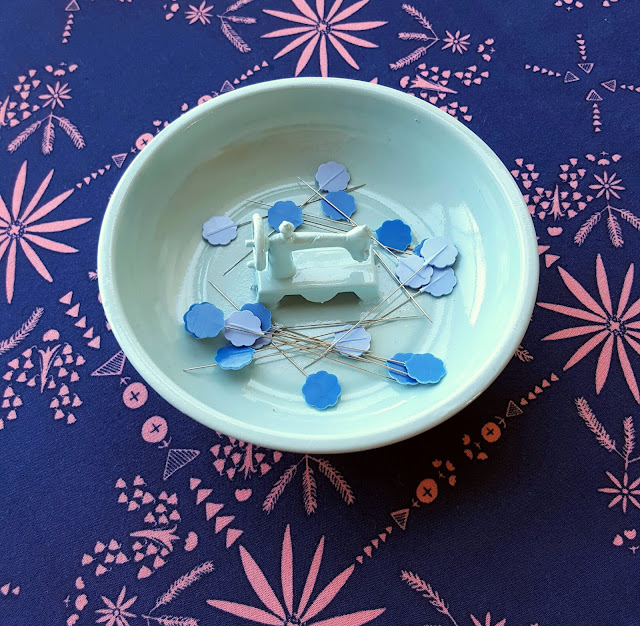If you don't feel like keeping a separate journal, these can be things that you write about on your blog, share on Instagram, or just think about while you sew your latest project. I'll be sharing creative journal questions or topics with you here at Fabric Mutt occasionally, along with my own answers. Feel free to share your own answer in the comments below, in a blog post (which you're welcome to link up below), or in a creative journal of your own.
List five of your favorite sewing books and explain why you love them.
It's easy to overthink this sort of question, but remember, this isn't a test -- just some thoughts to get you smiling about what you love and why. I took a quick spin through my sewing library, and here are the five books that jumped out at me today...
1. The Quilter's Album of Patchwork Patterns by Jinny Beyer
This book may not look flashy, but I refer to it more than anything else in my sewing library. It has diagrams for over 4050 quilt blocks along with notes on their names and origins. I constantly go back to these pages for inspiration when I'm designing a new quilting project. See all those blue sticky notes? Always a sign of a well loved book...
2. Patchwork, Please! by Ayumi Takahashi
Ayumi is a friend of mine, but that's not the only reason why I love her book. Her style is the essence of modern Zakka, a Japanese term for useful items that beautify your home, appearance, or life. All of these projects are sweet and approachable, and I'm constantly learning from the way Ayumi mixes fabrics and colors. I use her book for personal inspiration and as a great source for handmade gifts.
3. Savor Each Stitch by Carolyn Friedlander
This book was like a revelation to me the first time I picked it up, and I found that I couldn't put it down. If you taught a college course on modern quilting, this would be the perfect textbook. Savor Each Stitch is a thoughtful look at the artistry of quilts. Design principles are explained in detail, and a project is included to illustrate each one. The Aerial Grove Quilt above is still on my Must Make list.
4. Sweet & Simple Patchwork Gifts by Hisako Arai and Yoko Sanjo
Another Zakka favorite of mine, this book pulls me back again and again for ideas. The authors have designed 6-7 projects each using four different piecing motifs: simple squares, hexagons, log cabins, and stars & polygons. It's a great example of how you can play with a block to come up with different results, and I love that there are so many small gift options in here.
5. Chloe Tells You How...to Sew by Chloe Owens
I have to admit that I haven't sewn a single project from this book, but I'm still absolutely crazy about it. It reminds me of all the comics, kid's magazines, and craft books that I pored over as I child. Bright colored photos and darling illustrated characters tell fun stories that go with the projects. Technically for children, there's still plenty in here for adults to love. When my daughters aren't combing through the pages, I sneak off with this book myself for a little nostalgia mixed with the vintage style that I so love.
So what are your favorite sewing books for projects and/or inspiration? Do tell!
























